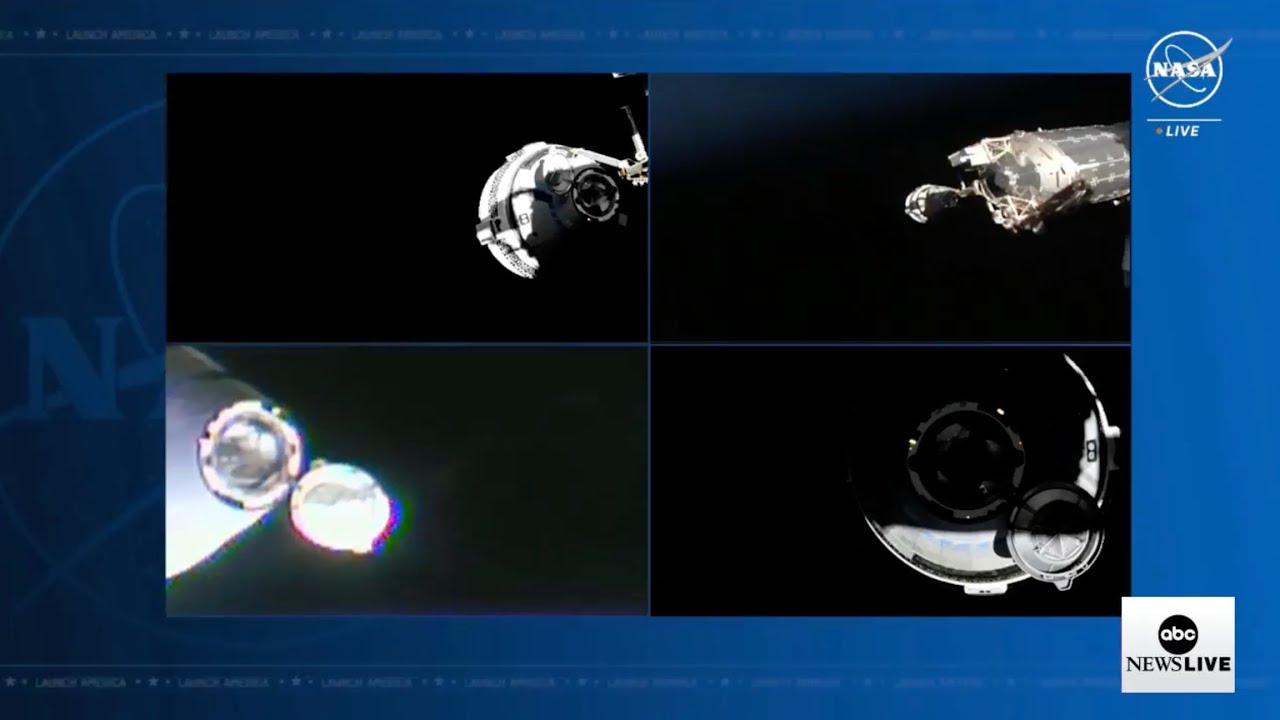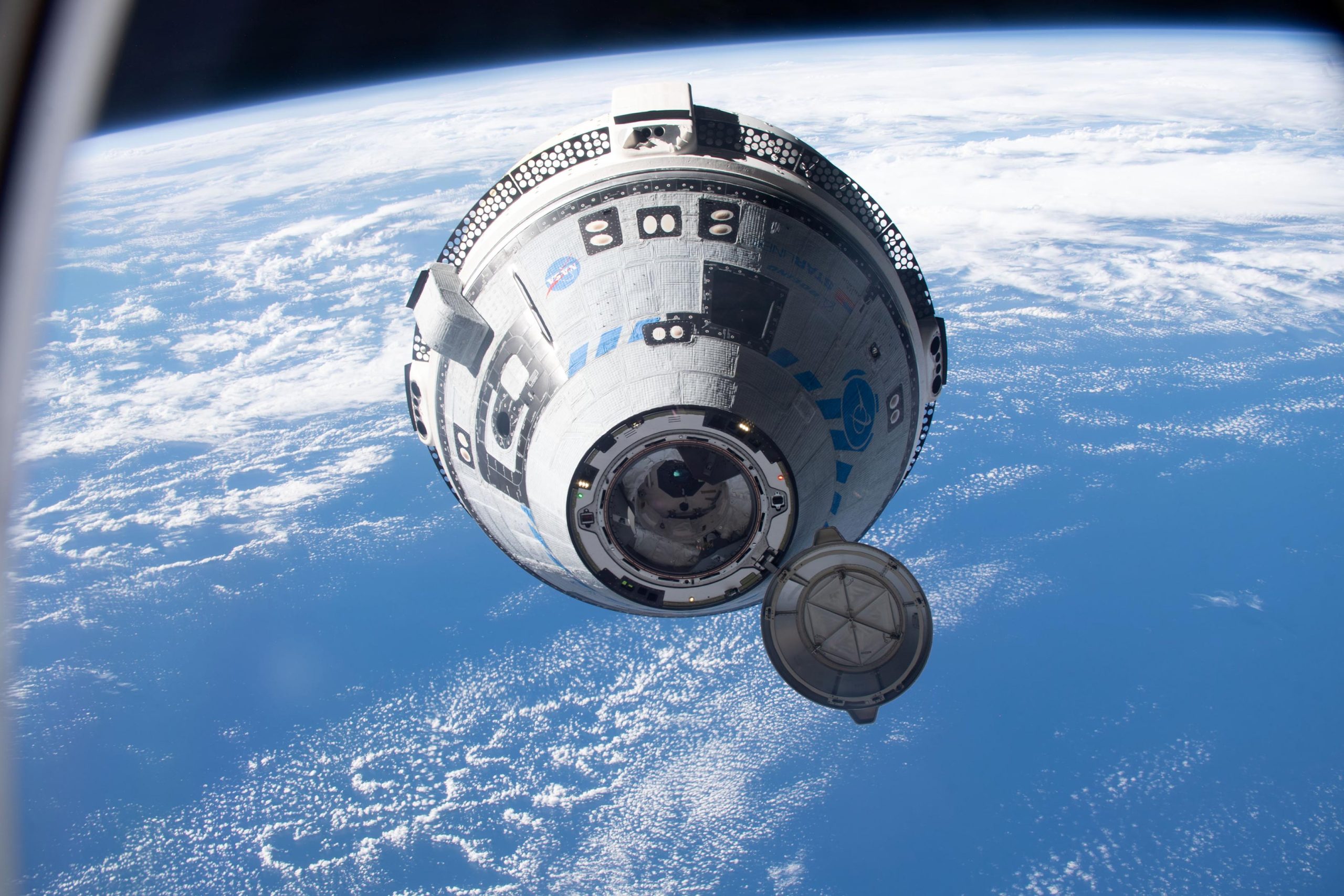Starliner Launch and Mission Highlights
Starliner live – The Starliner spacecraft is a reusable commercial crew vehicle developed by Boeing to transport astronauts to and from low Earth orbit (LEO) for NASA’s Commercial Crew Program. It is designed to carry up to seven crew members and is capable of docking with the International Space Station (ISS).
Starliner Live, a historic event for space exploration, will showcase the latest developments in the NASA and Boeing Starliner launch. The NASA and Boeing Starliner launch is a crucial step in advancing human spaceflight and paving the way for future missions to the Moon and Mars.
Starliner Live will provide an exclusive glimpse into the groundbreaking technology and the team behind this ambitious endeavor.
The Starliner’s first uncrewed test flight, OFT-2, launched on May 19, 2022, and successfully docked with the ISS on May 21, 2022. The spacecraft remained docked to the ISS for five days before returning to Earth on May 25, 2022.
Starliner Live is an immersive experience that brings you up close to the launch of the Boeing Starliner spacecraft. With exclusive access to NASA’s mission control and live commentary from experts, you’ll witness every thrilling moment of the NASA, Boeing Starliner launch.
Join us for this historic event and experience the excitement of space exploration from the comfort of your own home. Starliner Live is your ultimate gateway to the wonders of the cosmos.
The Starliner’s first crewed test flight, Crew Flight Test (CFT), is scheduled to launch in 2023. The CFT mission will carry four astronauts to the ISS, where they will stay for up to six months. The Starliner is expected to begin regular operational missions to the ISS in 2024.
Technical Specifications and Design: Starliner Live

The Starliner spacecraft is a reusable, crew-rated spacecraft developed by Boeing for NASA’s Commercial Crew Program. It is designed to transport up to seven astronauts to and from low Earth orbit (LEO), including the International Space Station (ISS).
Dimensions and Weight
- Length: 5.8 meters (19 feet)
- Diameter: 4.6 meters (15 feet)
- Weight (empty): 13,000 kilograms (28,600 pounds)
- Weight (with crew and cargo): 26,000 kilograms (57,000 pounds)
Propulsion Systems, Starliner live
The Starliner spacecraft uses a combination of propulsion systems for launch, orbit insertion, attitude control, and re-entry:
- Atlas V Launch Vehicle: The Starliner is launched into orbit by a United Launch Alliance (ULA) Atlas V launch vehicle.
- Service Module Propulsion System: The service module, which remains attached to the Starliner during its stay in orbit, provides propulsion for orbit insertion, attitude control, and de-orbit.
- Reaction Control System (RCS): The RCS, located on the exterior of the spacecraft, provides fine attitude control and maneuvering during all phases of flight.
Crew Capacity
The Starliner spacecraft is designed to accommodate a crew of up to seven astronauts. The crew cabin is equipped with:
- Individual seats with adjustable headrests and footrests
- A touchscreen control panel for each crew member
- A galley with a microwave, refrigerator, and food storage
- A toilet and hygiene facilities
- Large windows providing panoramic views of Earth and space
Aerodynamic Shape
The Starliner spacecraft has a biconic shape, which provides aerodynamic stability during launch and re-entry. The spacecraft’s exterior is covered with a thermal protection system (TPS) to withstand the extreme temperatures encountered during these phases of flight.
Life Support Systems
The Starliner spacecraft is equipped with a comprehensive life support system that provides a safe and habitable environment for the crew. The system includes:
- An environmental control system that regulates temperature, humidity, and air quality
- A water recycling system that provides potable water for the crew
- A waste management system that collects and stores human waste
- An oxygen generation system that provides breathable oxygen for the crew
Docking Capabilities
The Starliner spacecraft is equipped with a docking system that allows it to connect with the International Space Station (ISS). The docking system is located on the forward end of the spacecraft and uses a soft-capture mechanism to gently dock with the ISS.
Historical Significance and Impact

The Starliner mission marks a significant milestone in the annals of space exploration, paving the way for advancements in human spaceflight and scientific research.
As the first commercial spacecraft designed to carry astronauts to and from the International Space Station (ISS), Starliner represents a paradigm shift in space travel. It demonstrates the viability of private-sector involvement in space exploration, fostering innovation and competition within the industry.
Advancing Human Spaceflight Capabilities
Starliner’s successful mission expands the horizons of human spaceflight, enabling more frequent and cost-effective access to space.
- Its reusable design significantly reduces the costs associated with space travel, making it more accessible for scientific research and exploration.
- The spacecraft’s advanced avionics and life support systems enhance astronaut safety and comfort during extended missions.
- Starliner’s ability to dock with the ISS provides a crucial platform for scientific experiments and international collaboration.
Contribution to Scientific Research
Starliner’s scientific payload holds immense potential for groundbreaking discoveries and advancements in various fields.
- The spacecraft carries experiments designed to study the effects of microgravity on human physiology and biology.
- Its sensors and instruments will collect valuable data on the Earth’s atmosphere, climate, and space environment.
- Starliner’s ability to conduct experiments in low Earth orbit enables scientists to explore new frontiers in astrophysics, materials science, and medicine.
Inspiring Future Generations
The Starliner mission serves as an inspiration to future generations, igniting their passion for space exploration and STEM fields.
- Its success demonstrates the power of human ingenuity and perseverance, encouraging young people to pursue careers in science and engineering.
- The mission’s educational outreach programs engage students in hands-on activities and provide them with opportunities to interact with astronauts and engineers.
- Starliner’s role in expanding human presence in space inspires dreams of future missions to the Moon and Mars.
Starliner Live, the new streaming service from Disney, has been met with mixed reviews. While some have praised its original content, others have criticized its lack of diversity. For a more in-depth analysis of the service, check out Rotten Tomatoes: The Acolyte.
Starliner Live has a long way to go before it can compete with the likes of Netflix and Hulu, but it has the potential to be a major player in the streaming wars.
In the realm of space exploration, the recent developments surrounding Starliner Live have captivated the attention of enthusiasts worldwide. This highly anticipated event, which will showcase the spacecraft’s capabilities in real-time, promises to bring us closer to the frontiers of space.
As we eagerly await this groundbreaking moment, we can delve into the Starliner Live experience, exploring its potential to inspire and redefine our understanding of space travel.
Starliner Live has become a beacon of hope for those seeking spiritual guidance. Its enigmatic founder, Master Indara , has attracted a global following with her profound teachings and transformative energy. Master Indara’s wisdom, channeled through Starliner Live, offers solace and empowers individuals to unlock their true potential.
As the platform continues to grow, Starliner Live remains a sanctuary for those seeking enlightenment and a deeper connection to the divine.